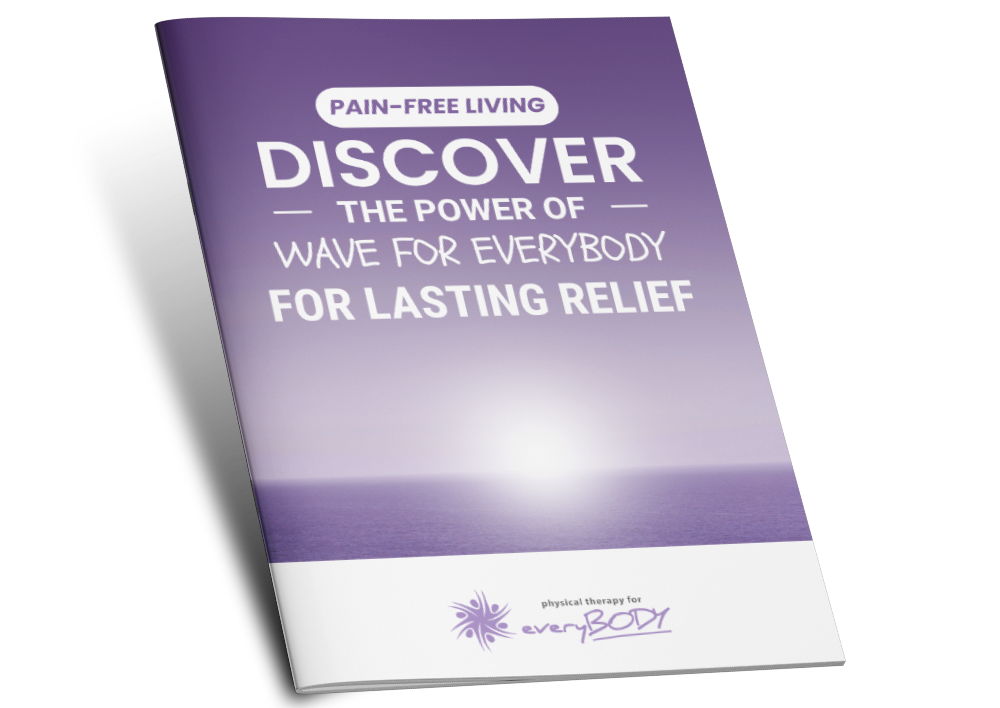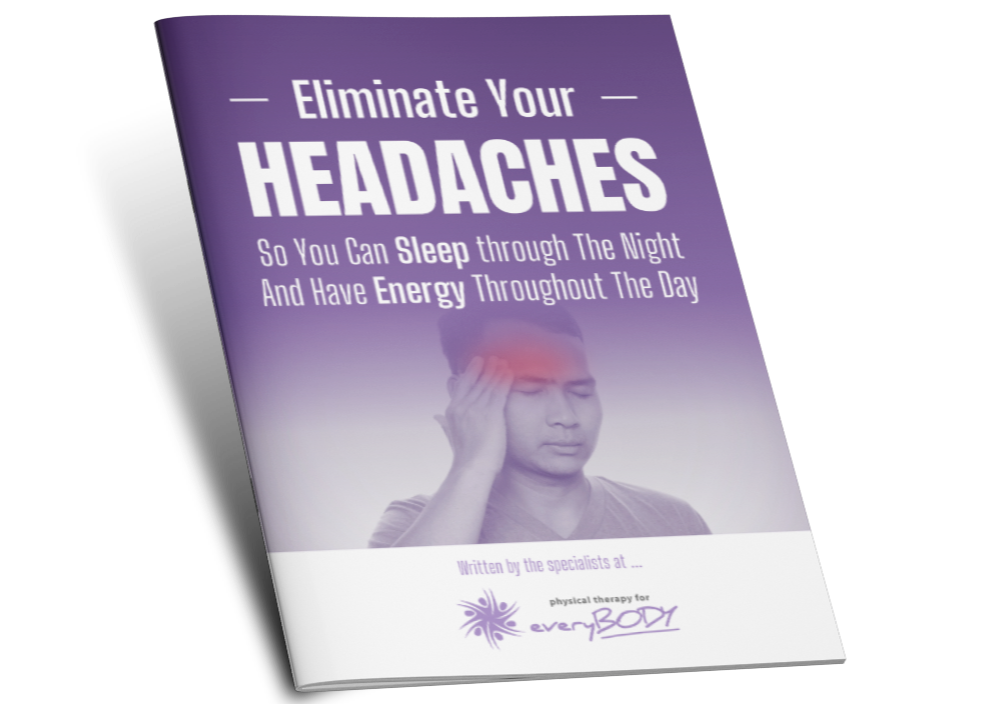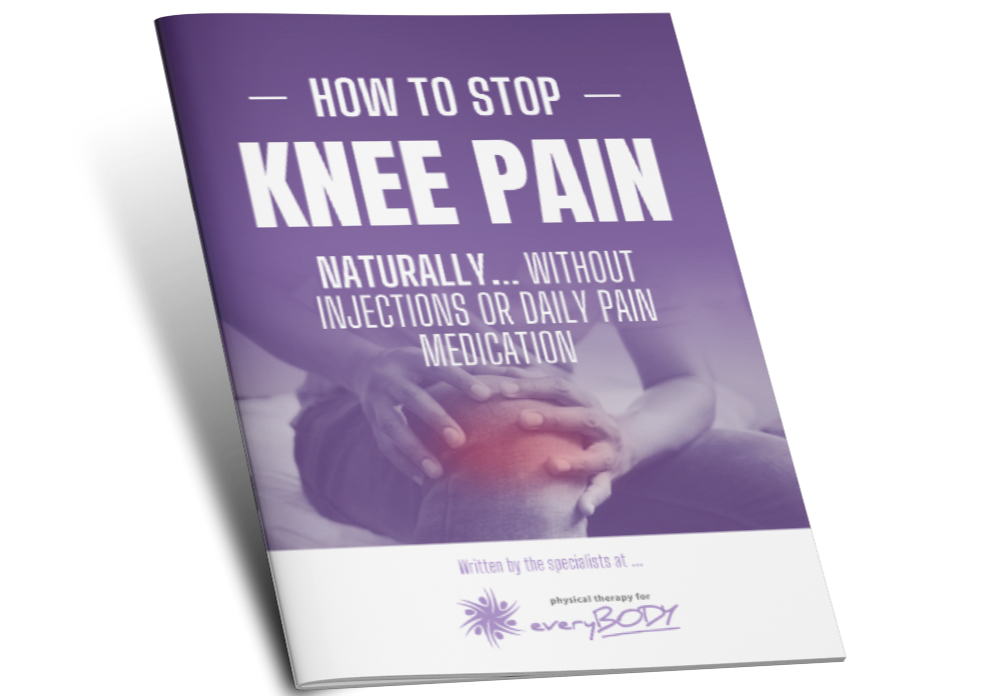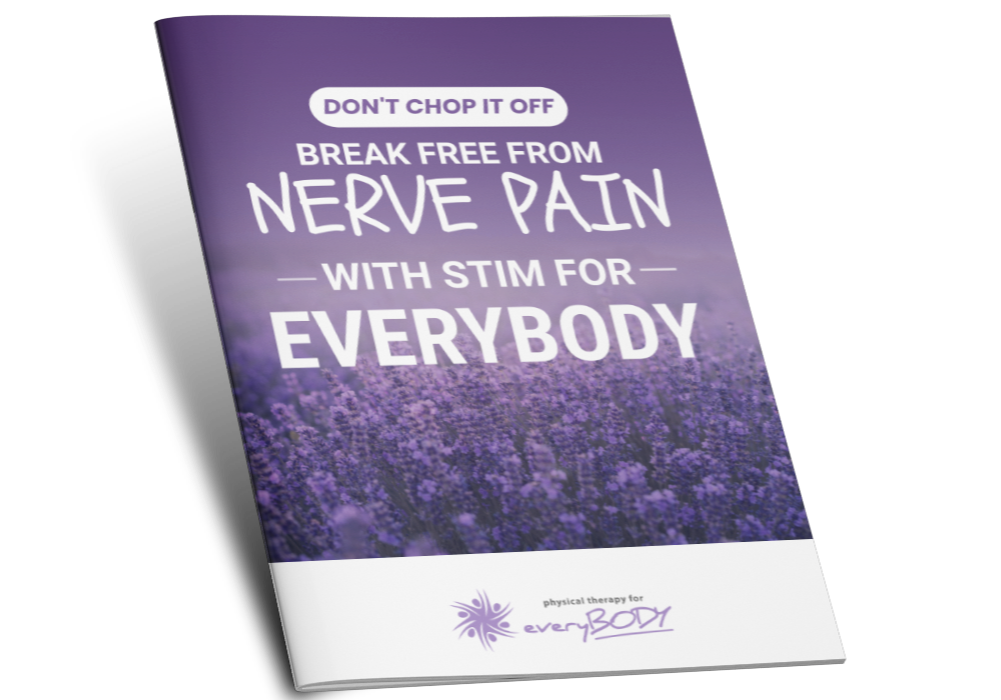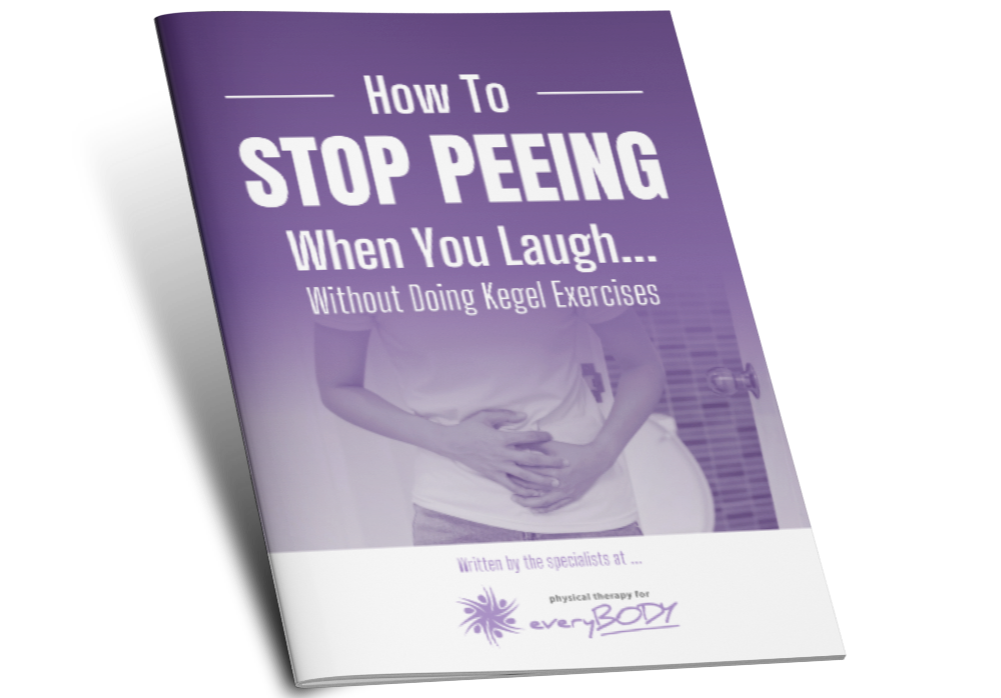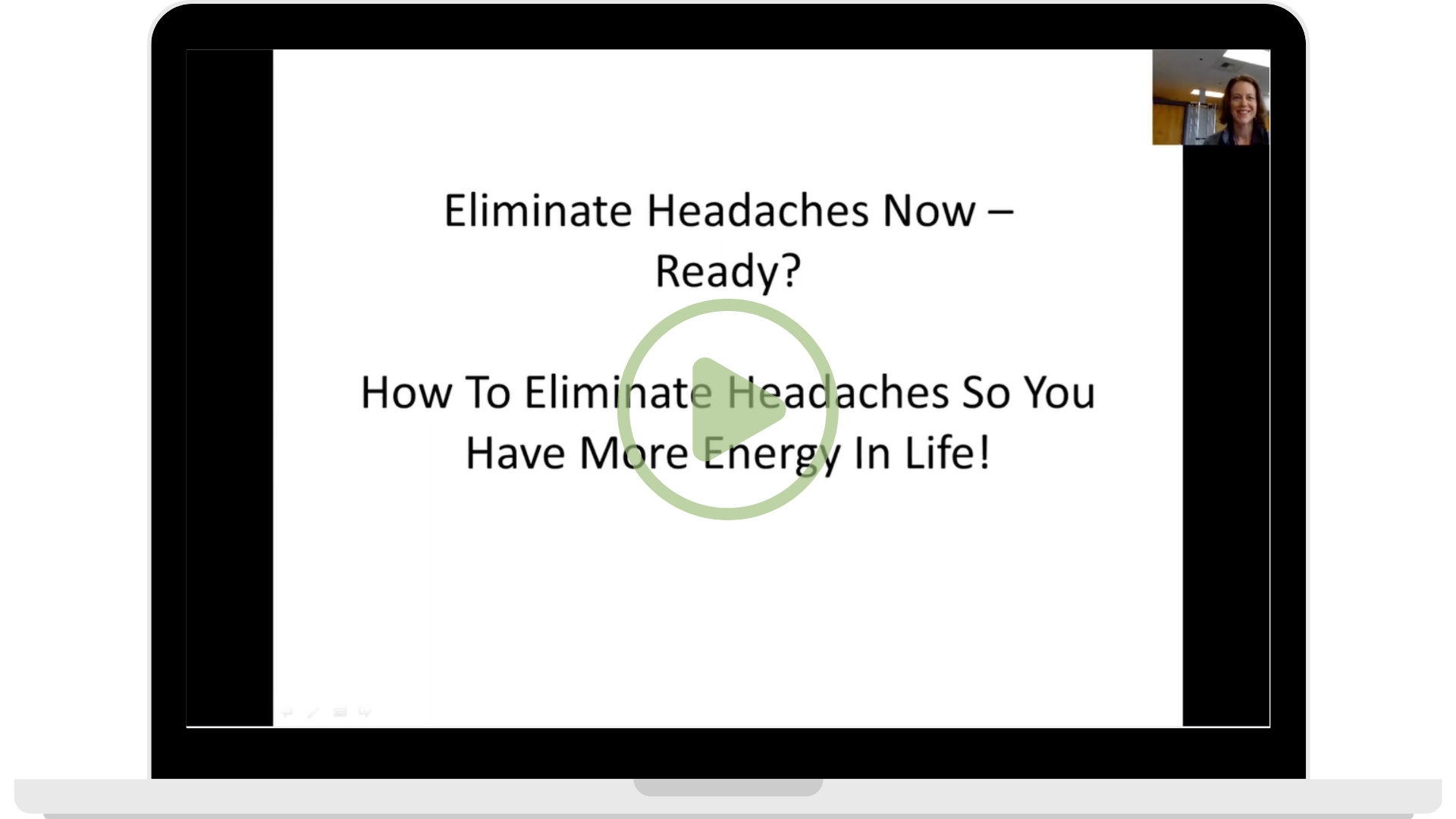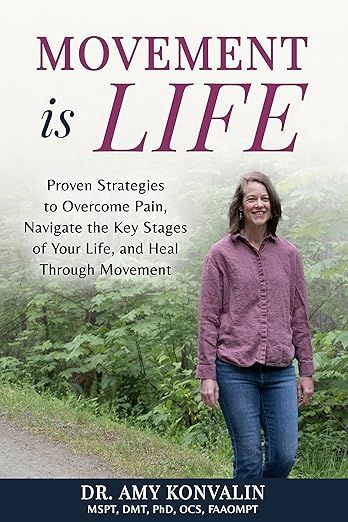Specialist Physical Therapy in Maple Valley, WA
Empowering Women With Changing Bodies to
Move Pain Free
Schedule A Consultation
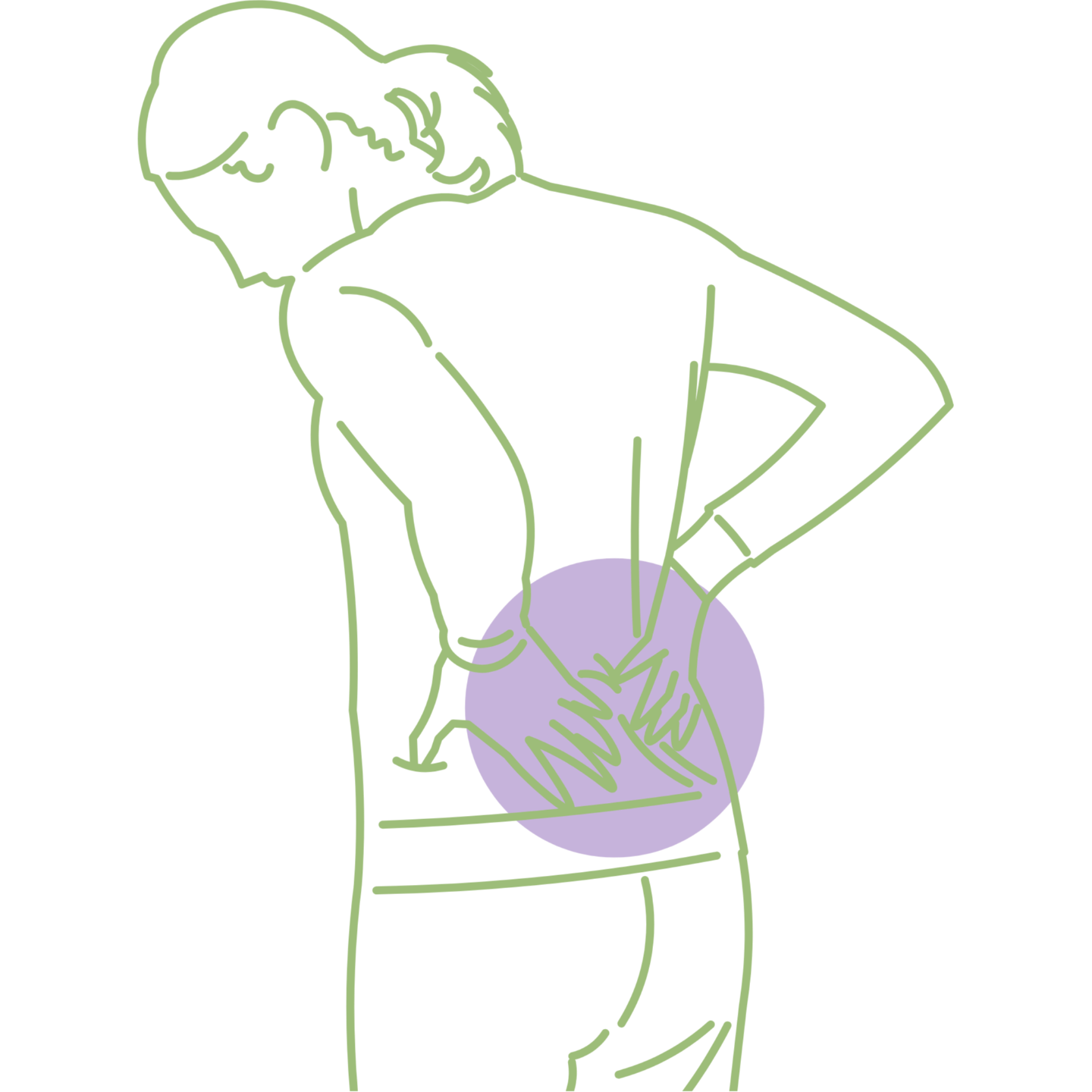
Sciatica
Eliminate Sciatica So You Can Live Pain Free - Even If Nothing Else Has Worked Before!

Headaches
Eliminate Headaches Now... Without Medication, Injections, or Surgery!
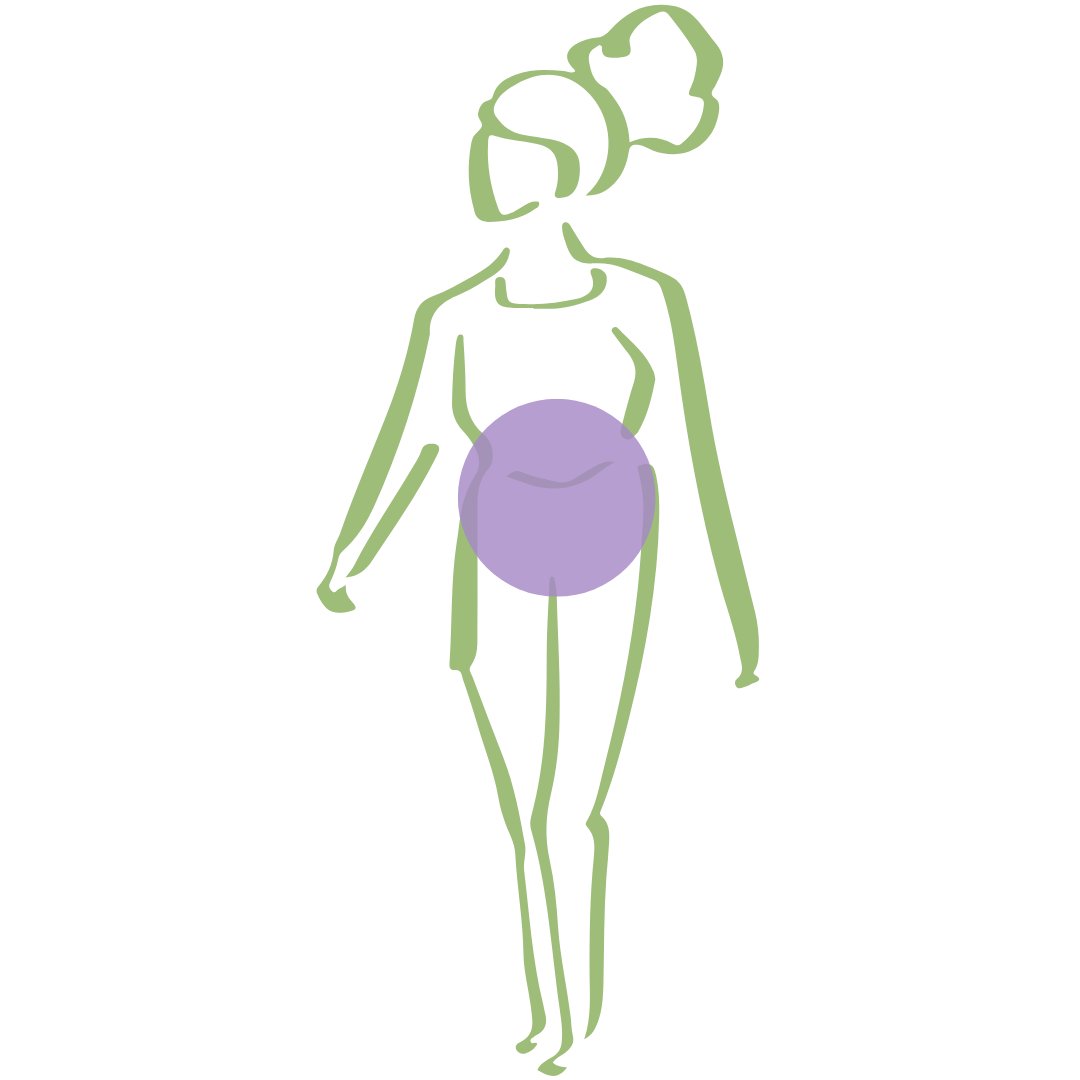
Pelvic Floor
Eliminate Urinary Incontinence and pelvic Pain So You Can Get Back To Living Your Life - Without Medication or Surgery!
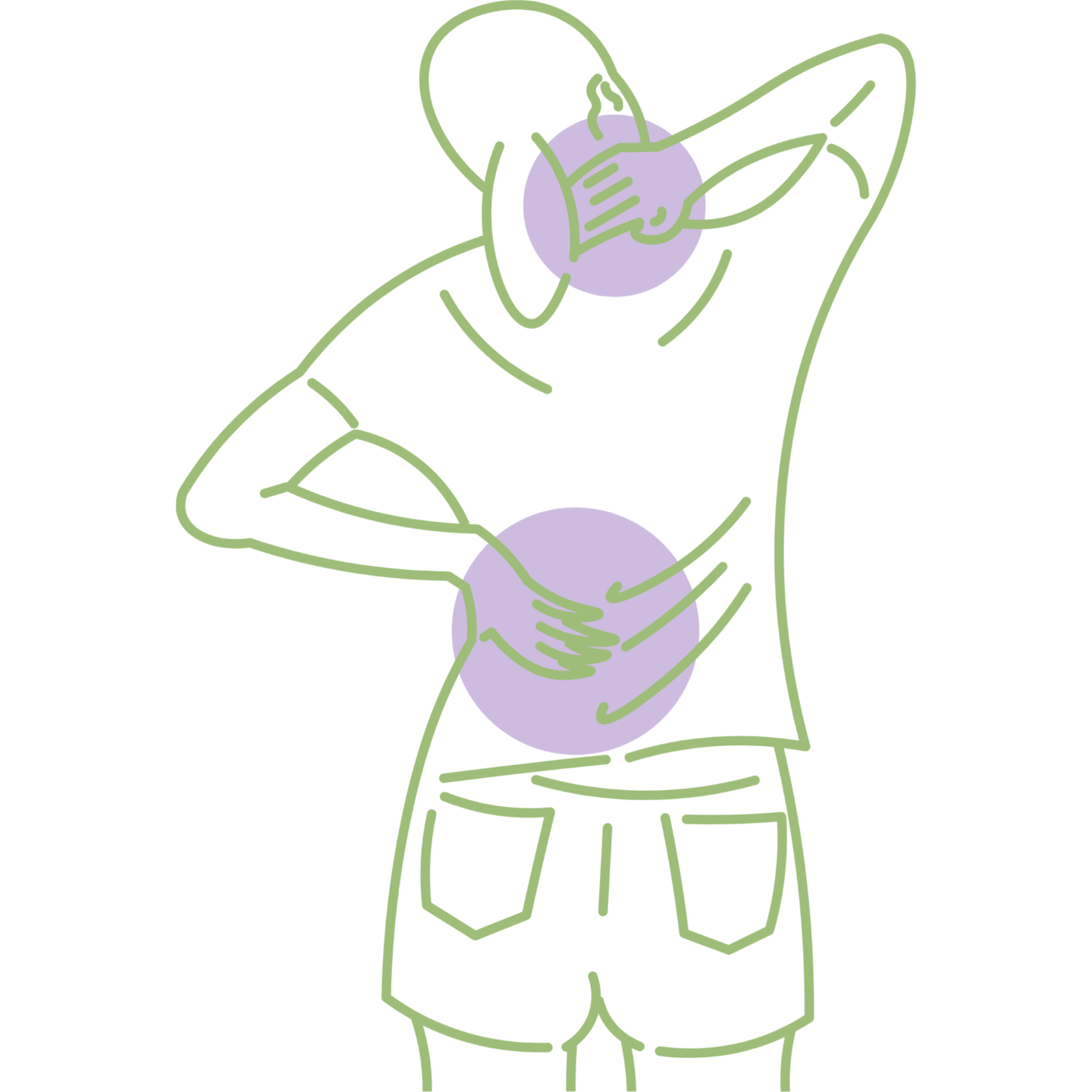
Back Pain
Eliminate Back Pain So You Can Live Pain Free - Even If Nothing Else Has Worked Before!
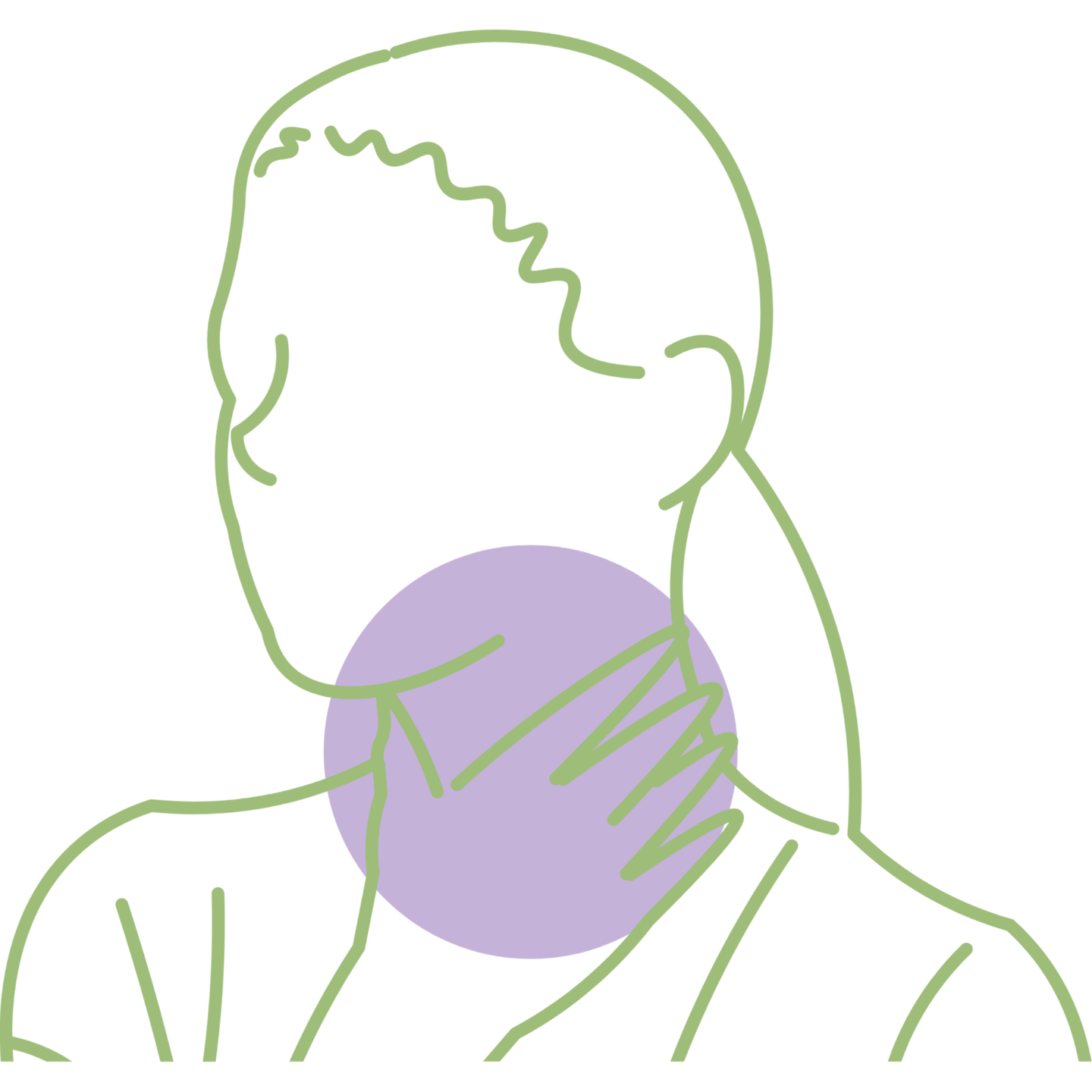
Neck Pain
Eliminate Neck Pain Without Surgery, Medication, or Injections!
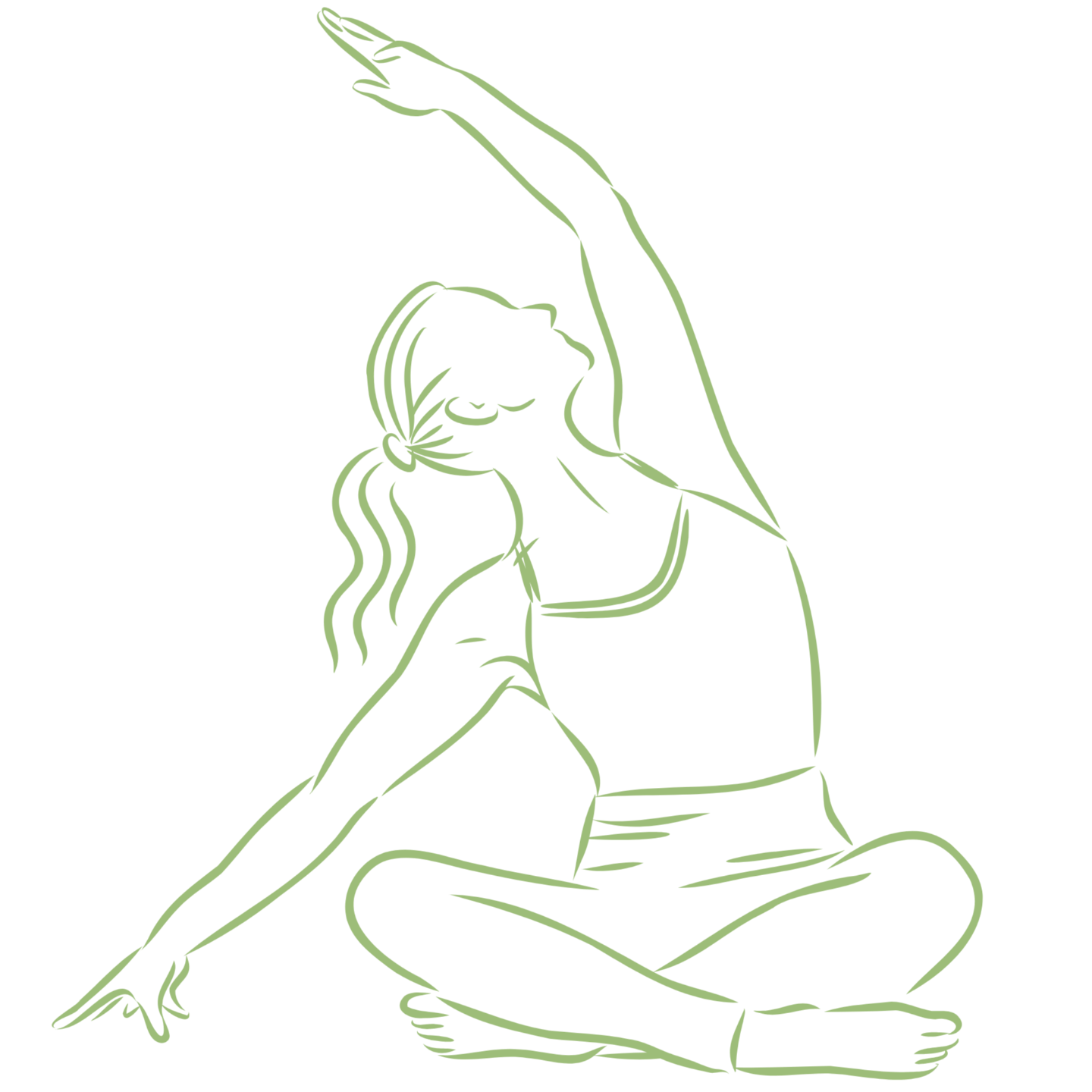
Stretch Therapy
Be Guided Through A Series Of Facilitated Techniques That Are Specifically Designed For Your Body!
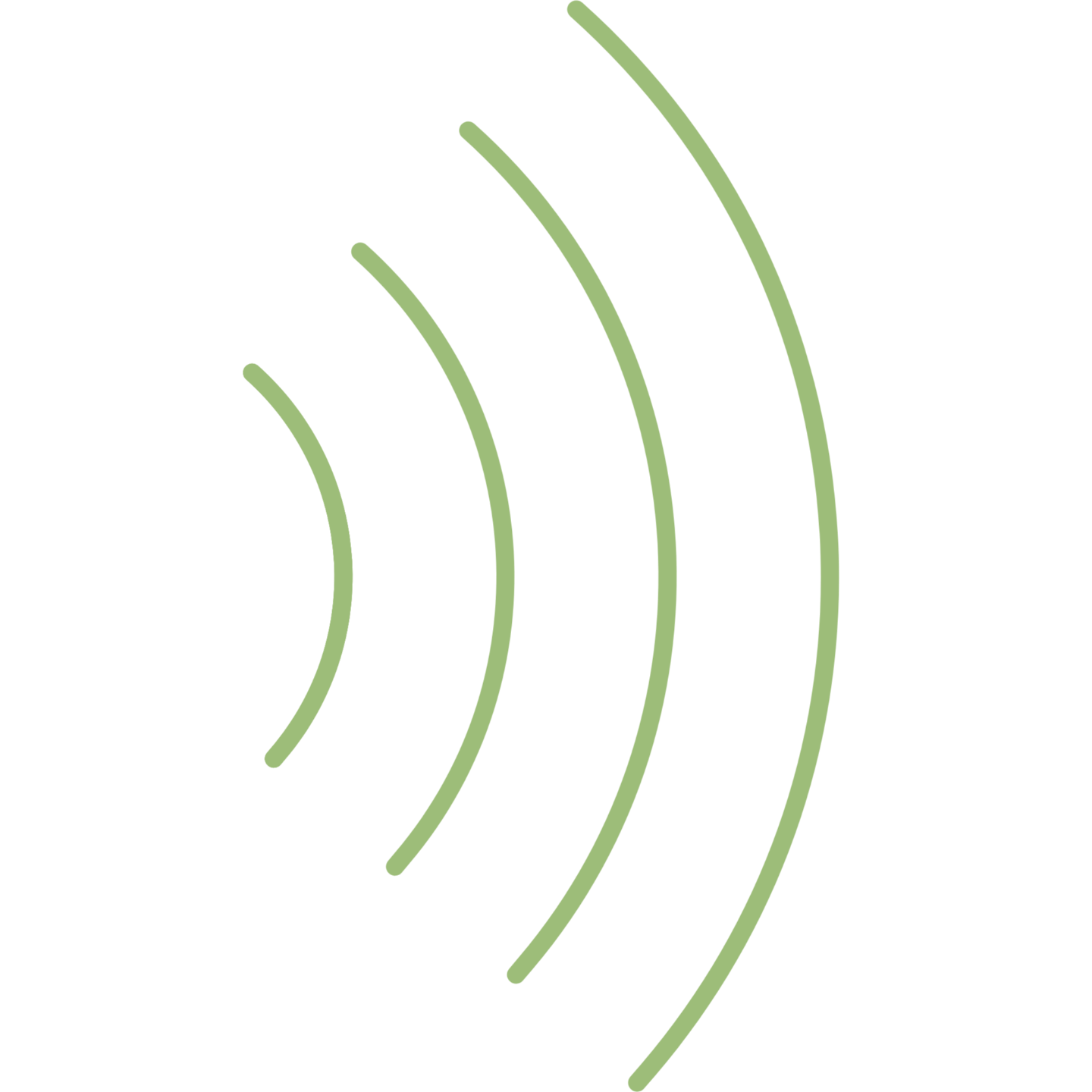
Regenerative Wellness
Welcome To The Transformative World of Shock Wave Treatment - An Accelerated And Effective Solution To Your Aches And Pains!
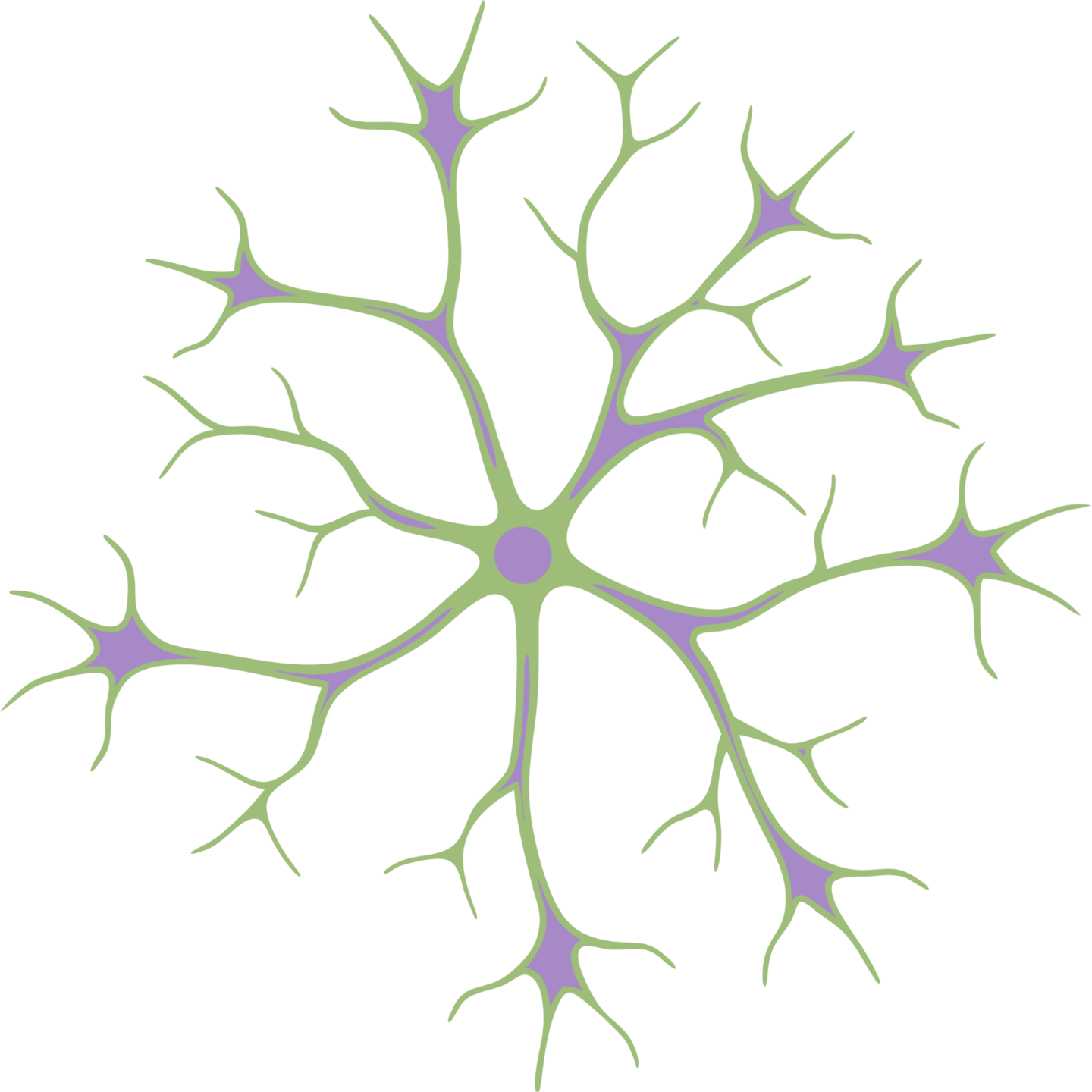
Nerve Pain Relief
Welcome To The Game Changer Of Stim Pod Treatment - An Effective And Safe Solution To Your Nerve!
Hear from Dr. Amy Konvalin about how
Physical Therapy for everyBODY can help you!
Want Help Deciding if Physical Therapy is Right For You?
So that we can meet your specific needs and help you achieve your specific goals, please fill out this form and tell us exactly how you want us to help you. The more we know, the better we can help you get relief, get a plan, and get back to the things you love. Click the button below.
Inquire About Cost and AvailabilityEverybody relies on you. You can rely on us.
Are you done having pain run your life and make decisions for you?
Are you afraid that this problem is going to stop you from exercising, working, or enjoying your family in the future?
Then you have found the right place for you! At Physical Therapy for everyBODY we love to help people get back to living the life they deserve. Which means a life free from pain medication, where you don’t have to even consider surgery, and can do and enjoy all of the things you love, without the fear of pain holding you back.
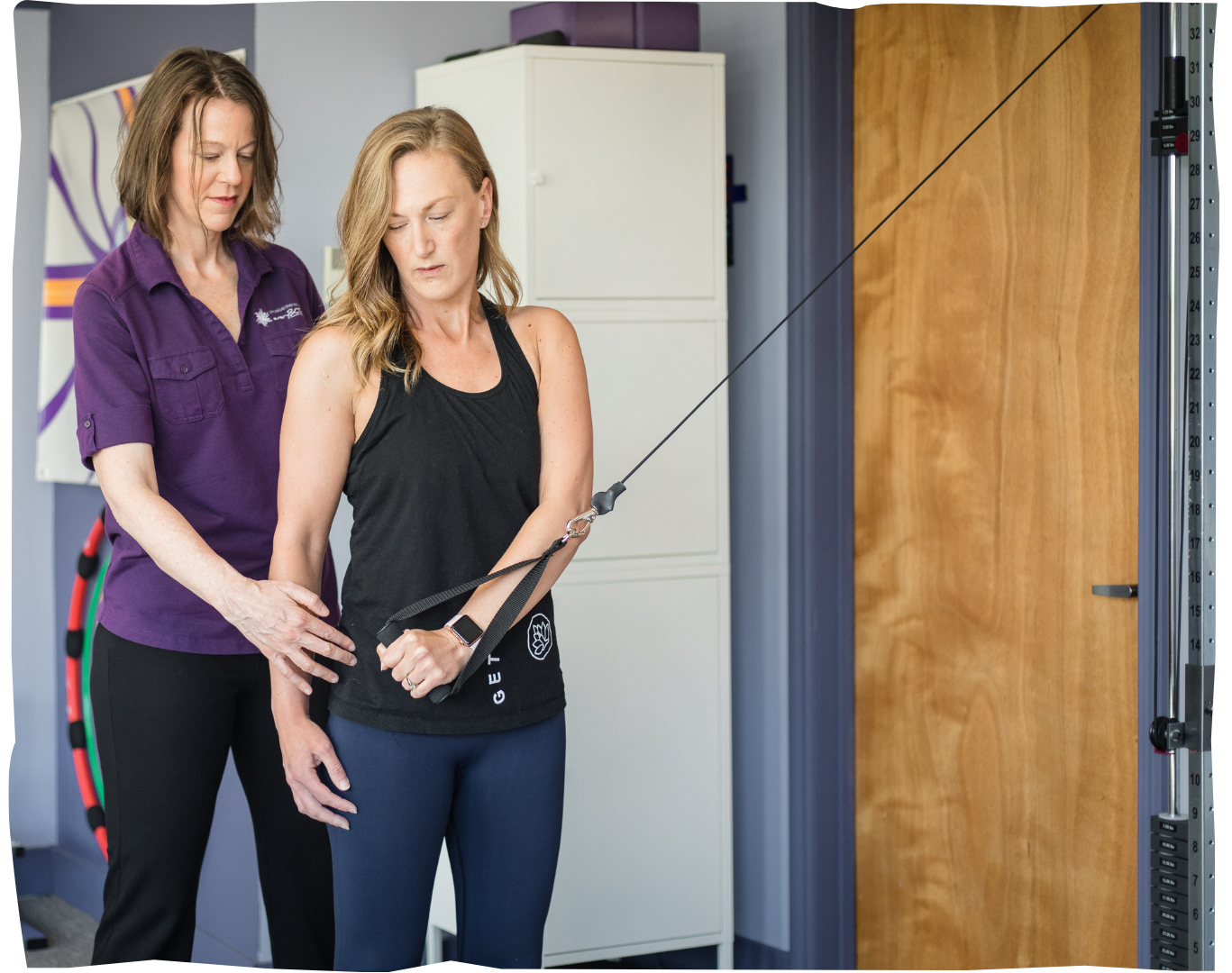
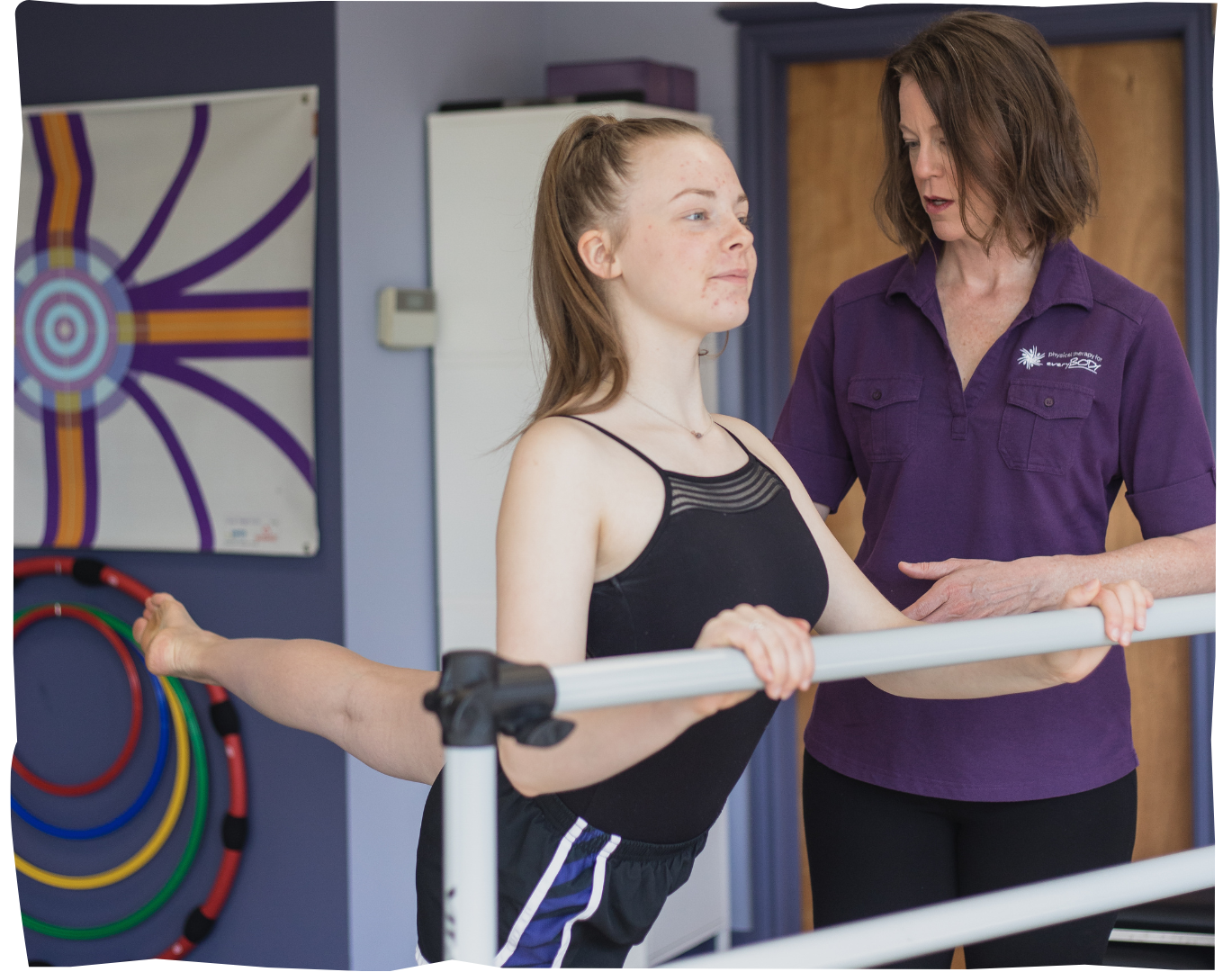
You will be heard! We take the time to start an honest conversation about your health. To hear your concerns, and provide you with one-on-one, hands-on care that has helped hundreds of other live pain-free, happy, and healthy lifestyles.
Our mission is to get to the root of your problem and provide you with natural, holistic, proven solutions to your pain or injury. To teach you more about your body and give you hope for the future.

We understand you may want to find out more about the availability and cost of physical therapy. If that's you, click the button below to find out more about our availability and cost.

Are you unsure if physical therapy at PT4EB is right for you? Or maybe you would like to try our services before making a decision? All you have to do is fill out the simple form below
*Note: there is no treatment given at one of our discovery visits sessions. It’s for you to ask us more questions and for us to confirm whether or not we think we can help you.
About Physical Therapy for everyBODY
Whether you are an active individual who is looking for specialist therapy care because you have been let down elsewhere, are in search of a solution to your current problem, or are health conscious and want to continue your active lifestyle, you can accomplish the same transformative results that thousands of our clients have experienced with our specialty care. We help people who want to remain or become more active and mobile, live free from pain killers and avoid risky surgery… So you can get back to doing the things you love, guaranteed!
Read More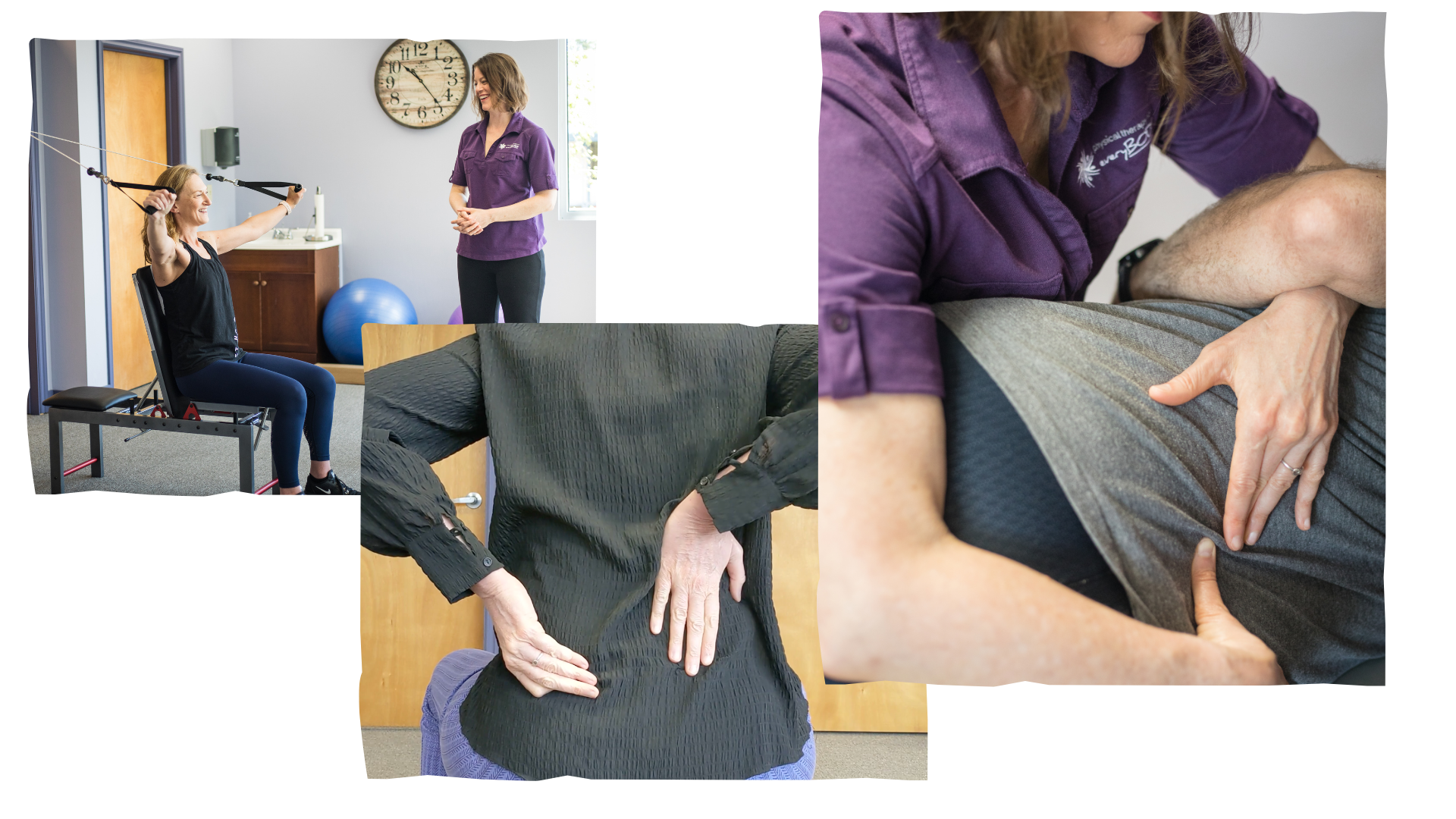
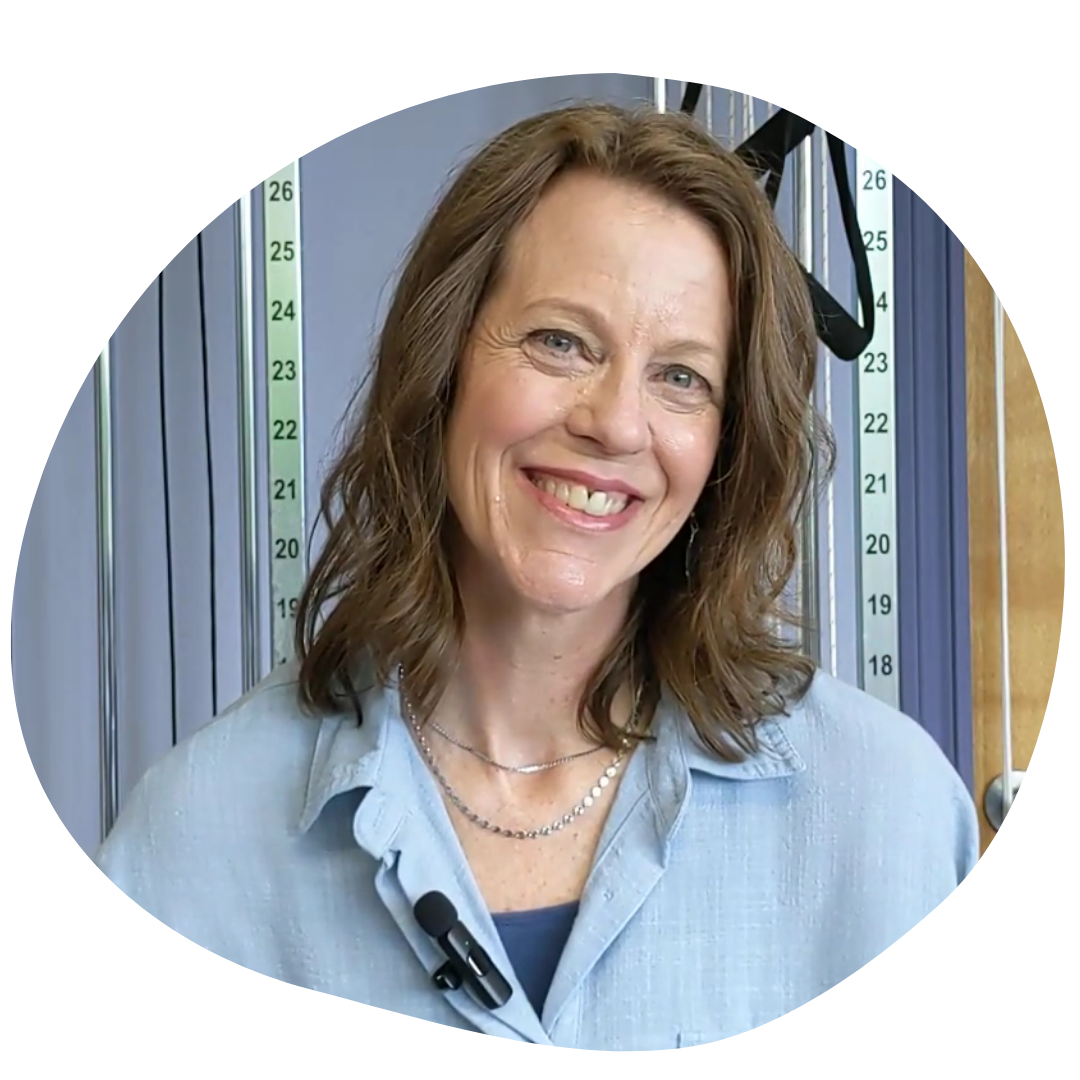
About Dr. Amy Konvalin
MSPT, DMT, PhD, OCS, FAAOMPT
Dr. Amy is the founder and owner of Physical Therapy for everyBODY. She started PT4EB to provide specialist care to her friends and neighbors in Maple Valley after getting frustrated by the lack of time and attention provided to patients at a typical PT clinic. Want to learn the fun facts behind Dr. Amy? Click below on Meet The Team.
Read More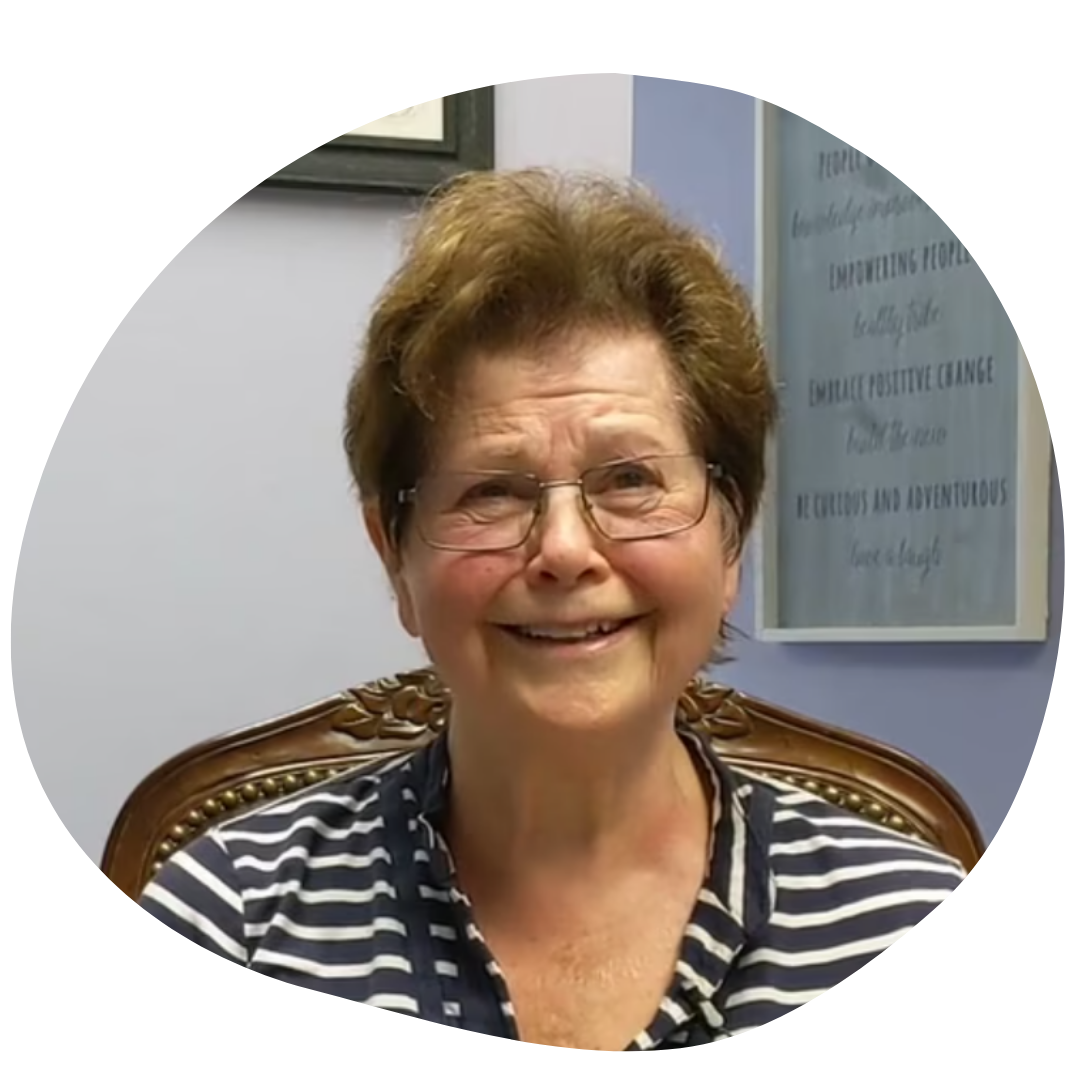
Judy
Maple Valley, WA
"Extremely gentle. And that's another thing that's amazing to me, how just a small little manipulation and there's no cracking and popping and pain. It's just very gentle but very effective, so why someone wouldn't want help in resolving pain issues? Cause if there's pain, there's something wrong, definitely. And it'll only get worse. It's not gonna go away!"

Pete
Maple Valley, WA
"Cause it's a small operation you know who you're going to see and that they're really gonna pay some attention and look, and try and understand what the problem is, what the cause of the problem is, and then work with you to solve it. And that's, for me, the reason I keep coming back and why I'm been coming for a while now."
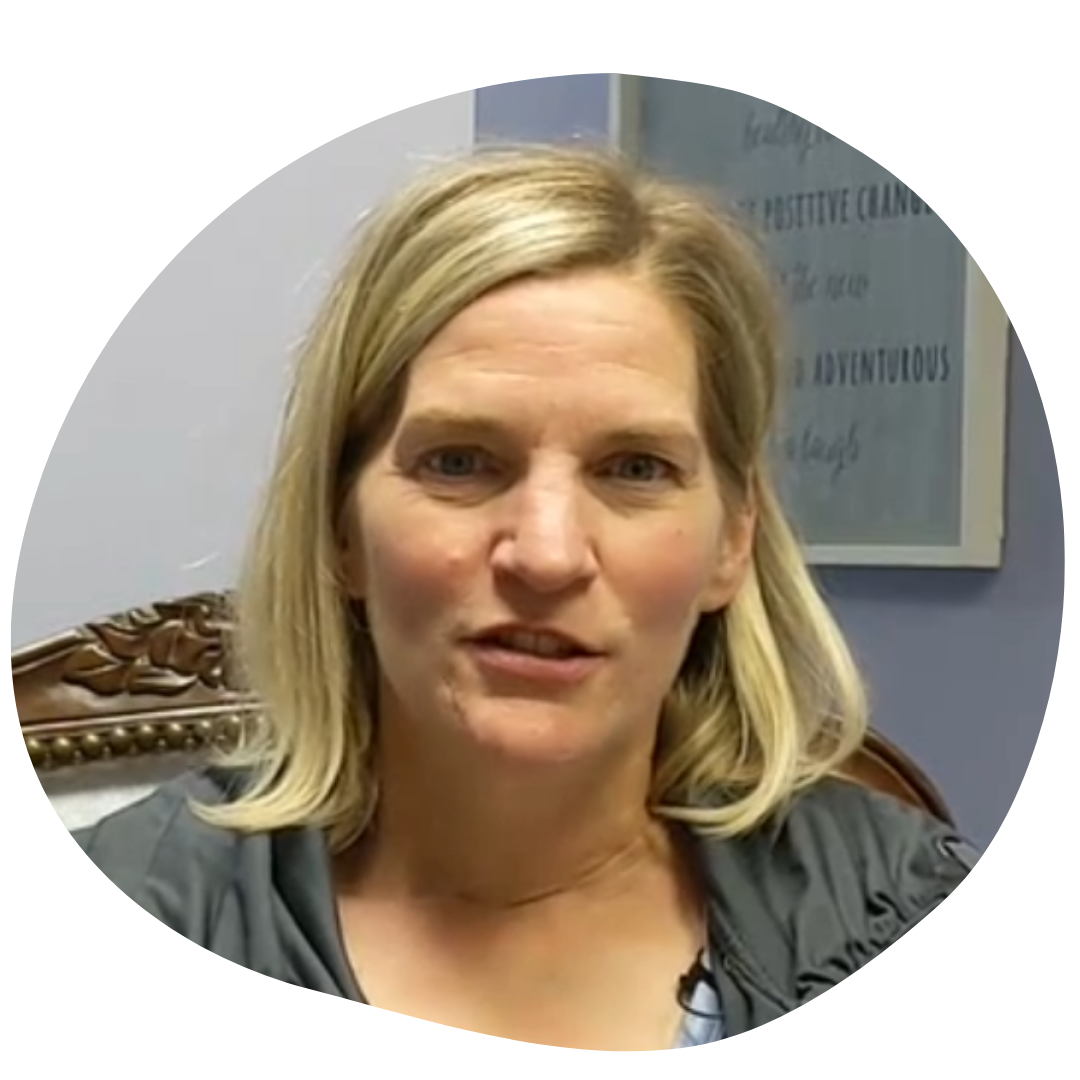
Cindy
Maple Valley, WA
"I was just miserable. I could barely walk. I'm a kindergarten teacher and I was still working. I still have no idea how, but getting from one place to another, I was so slow. I could barely move. I couldn't get down on the floor with the kids. I couldn't kneel, I couldn't sit on the floor. Now I'm walking two miles a day..."
Where Does It Hurt?
Look below to find your area of concern - and click where it hurts
Would You Like Access to Our Free Online Workshop?
This Is For You If:
Have you tried everything to deal with your pain and still not found an answer? Whether you have been dealing with this pain for 1 month or 10 years, this book has covered exactly what you need to do to live pain free and move like you did 20 year ago. Dr. Amy Konvalin wants to dispel the misconception that you have to live with this pain. Through a holistic manual approachh to physical therapy, she has made it her mission to educate people on their bodies and the real reason you have not healed. Within this book, we will address common mistakes people make, educate ourselves on how your body actually heals, learn about common underlying and related issues that, if treated can save you a lifelong journey of chasing aches and pain with injections and surgery. Hear REAL stories of REAL healing. Discover the secret to eliminating you pain – and find TRUE healing. Develop an exercise plan that is appropriate for your unique stage of recovery, AND SO MUCH MORE!
Get Dr. Amy's Book >>



